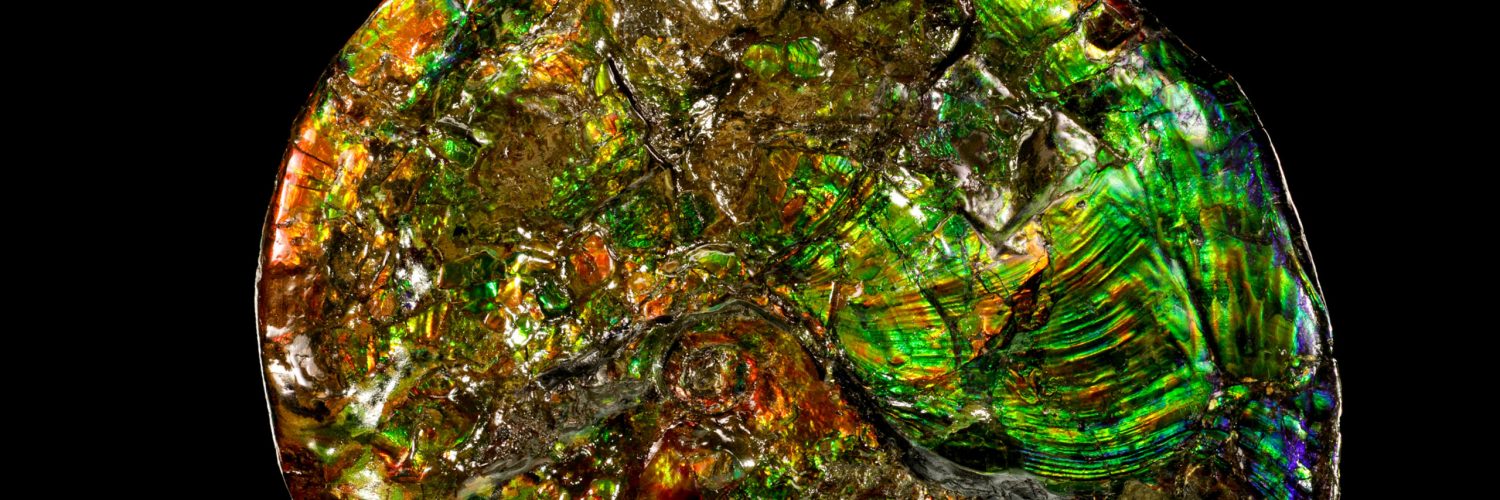THE IMPACT OF Earth’s geology on life is easy to see, with organisms adapting to environments as different as deserts, mountains, forests, and oceans. The full impact of life on geology, however, can be easy to miss.
A comprehensive new survey of our planet’s minerals now corrects that omission. Among its findings is evidence that about half of all mineral diversity is the direct or indirect result of living things and their byproducts. It’s a discovery that could provide valuable insights to scientists piecing together Earth’s complex geological history—and also to those searching for evidence of life beyond this world.
In a pair of papers published July 1 in American Mineralogist, researchers Robert Hazen, Shaunna Morrison, and their collaborators outline a new taxonomic system for classifying minerals, one that places importance on how minerals form, not just how they look. In so doing, their system acknowledges how Earth’s geological development and the evolution of life influence each other.
Their new taxonomy, based on an algorithmic analysis of thousands of scientific papers, recognizes more than 10,500 different types of minerals. That’s almost twice as many as the roughly 5,800 mineral “species” in the classic taxonomy of the International Mineralogical Association, which focuses strictly on a mineral’s crystalline structure and chemical makeup.
“That’s the classification system that’s been used for over 200 years, and the one that I grew up with and learned and studied and bought into,” said Hazen, a mineralogist at the Carnegie Institution for Science in Washington, DC. To him, its fixation on mineral structure alone has long seemed like a monumental shortcoming.
Back in 2008, he began digging into the literature on every species of known mineral, looking for data about how they formed. The project “was a monster to try to tackle,” said Morrison, who started working with Hazen at the Carnegie Institution in 2013. The data quickly got murky because many mineral species turned out to arise from multiple distinct processes.
Take, for example, pyrite crystals (commonly known as fool’s gold). “Pyrite forms in 21 fundamentally different ways,” Hazen said. Some pyrite crystals form when chloride-rich iron deposits heat up deep underground over millions of years. Others form in cold ocean sediments as a byproduct of bacteria that break down organic matter on the seafloor. Still others are associated with volcanic activity, groundwater seepage, or coal mines.
“Each one of those kinds of pyrite is telling us something different about our planet, its origin, about life, and how it’s changed through time,” said Hazen.
For that reason, the new papers classify minerals by “kind,” a term that Hazen and Morrison define as a combination of the mineral species with its mechanism of origin (think volcanic pyrite versus microbial pyrite). Using machine learning analysis, they scoured data from thousands of scientific papers and identified 10,556 distinct mineral kinds.
Morrison and Hazen also identified 57 processes that individually or in combination created all known minerals. These processes included various types of weathering, chemical precipitations, metamorphic transformation inside the mantle, lightning strikes, radiation, oxidation, massive impacts during Earth’s formation, and even condensations in interstellar space before the planet formed. They confirmed that the biggest single factor in mineral diversity on Earth is water, which through a variety of chemical and physical processes helps to generate more than 80 percent of minerals.
Read more at Wired.com





